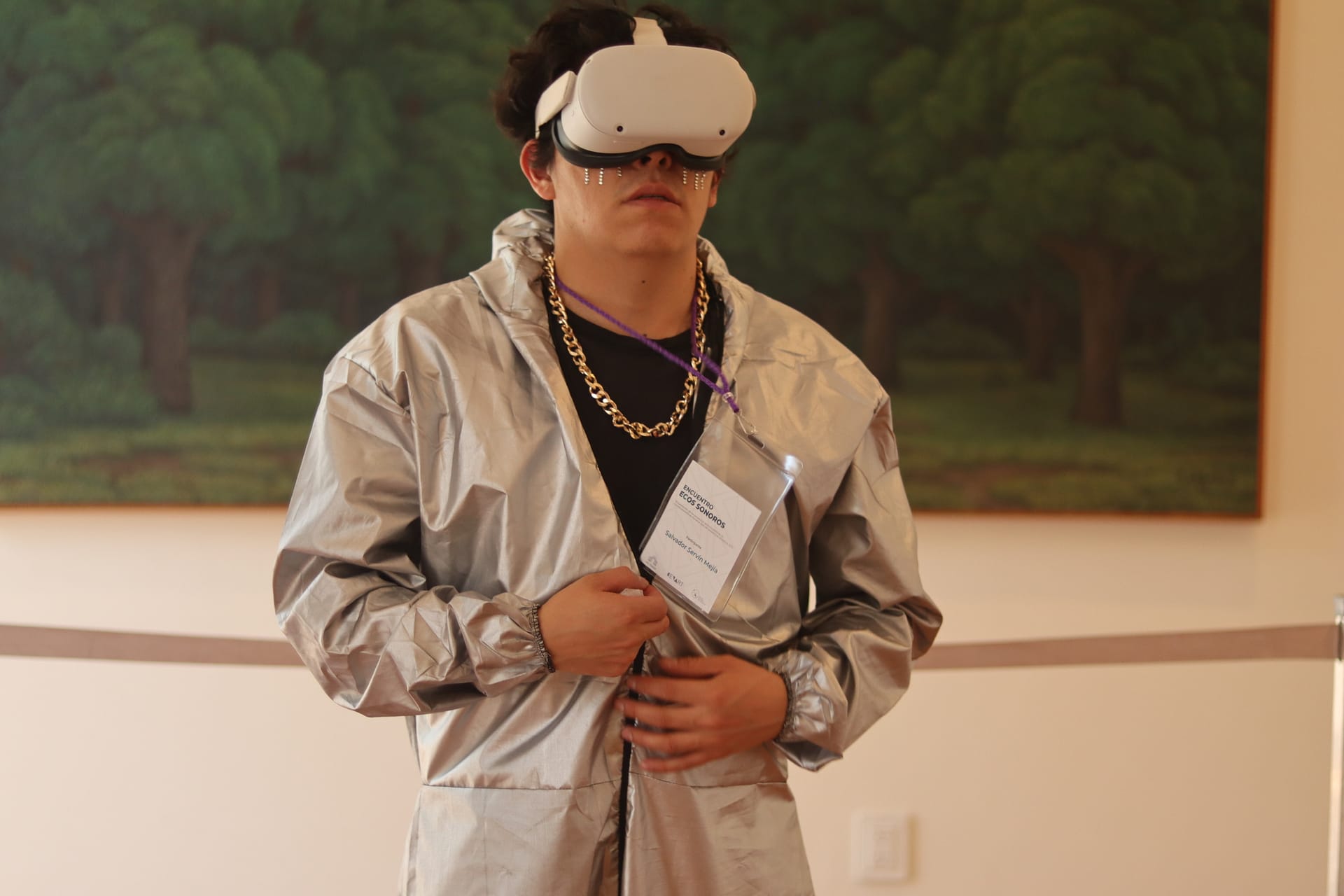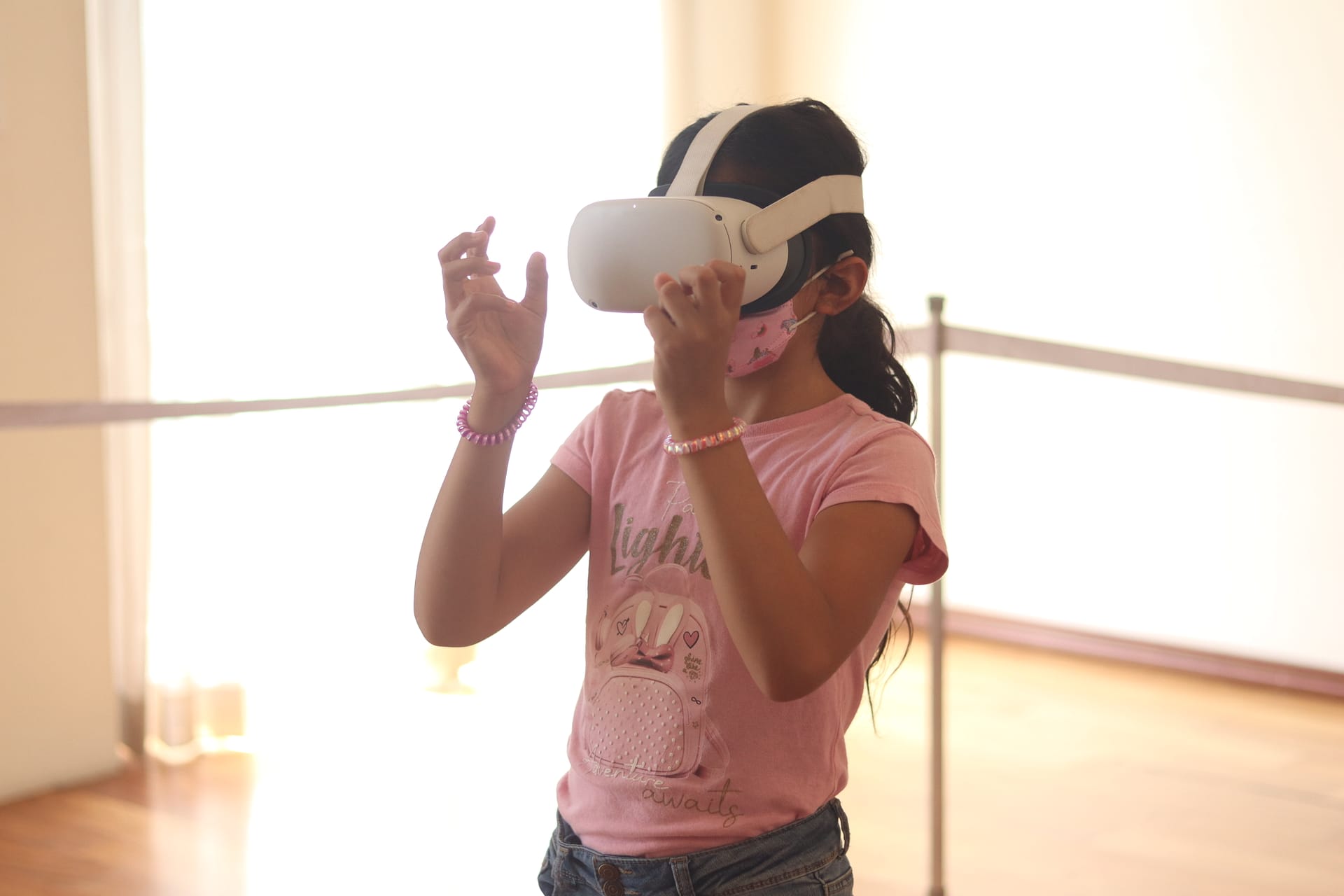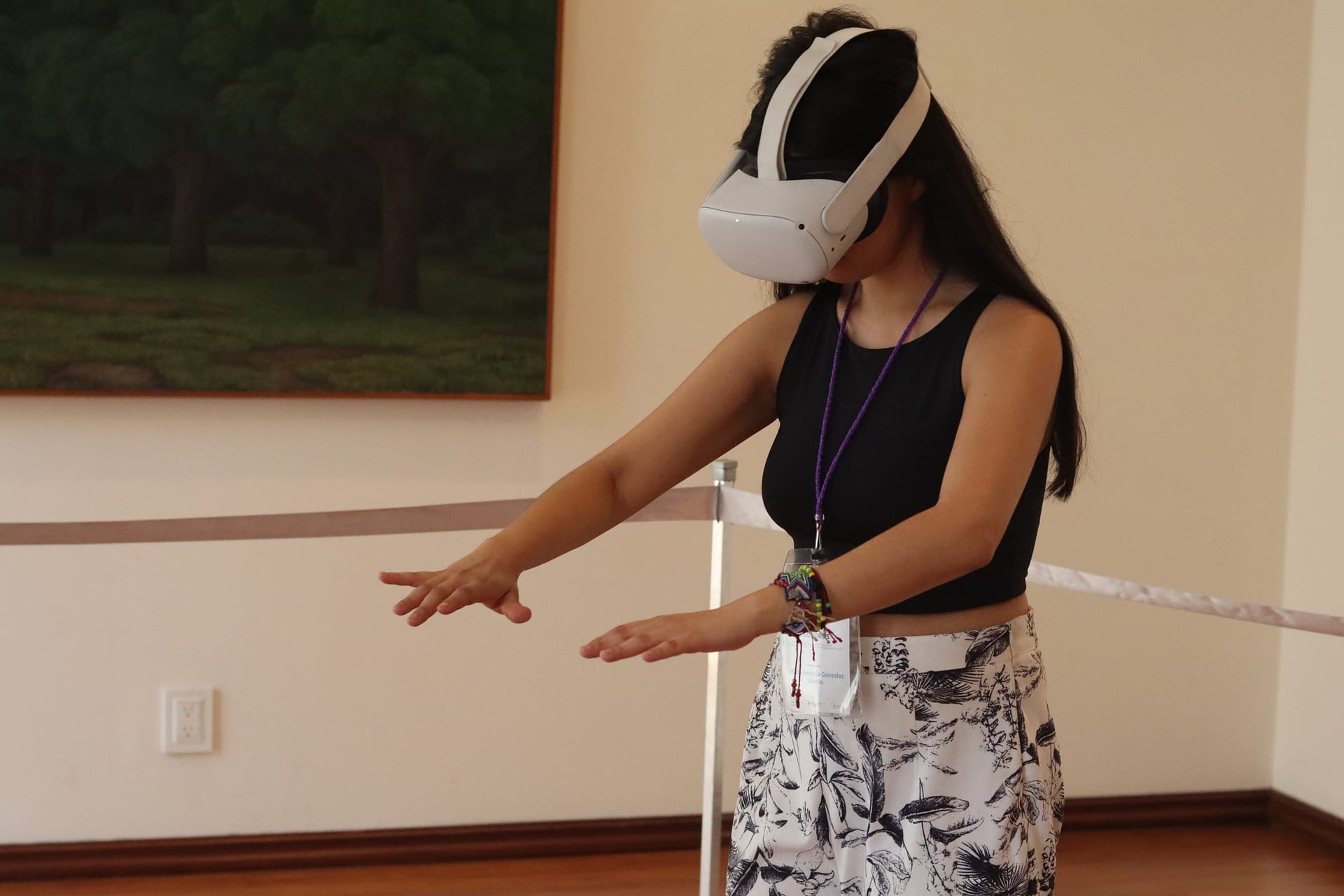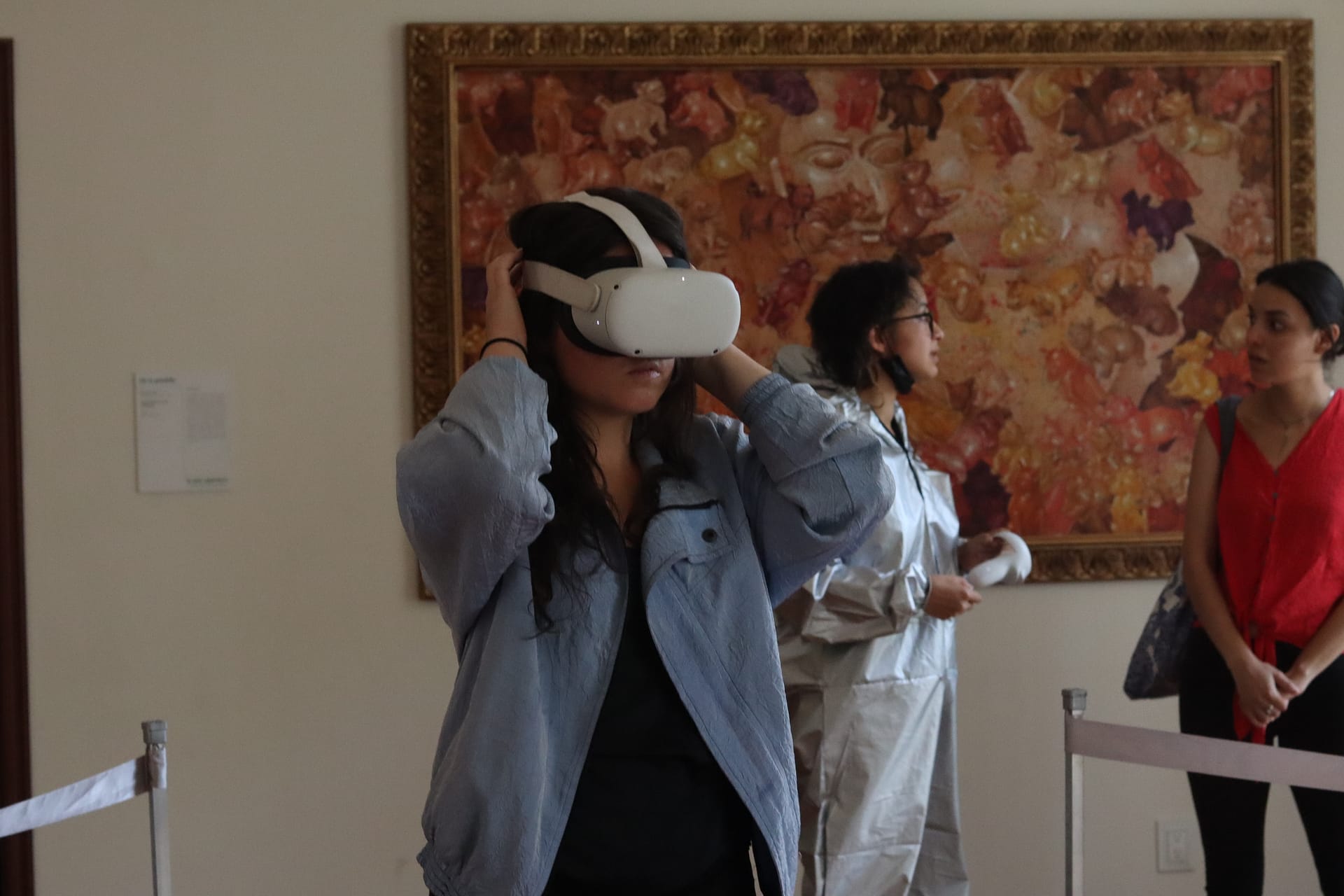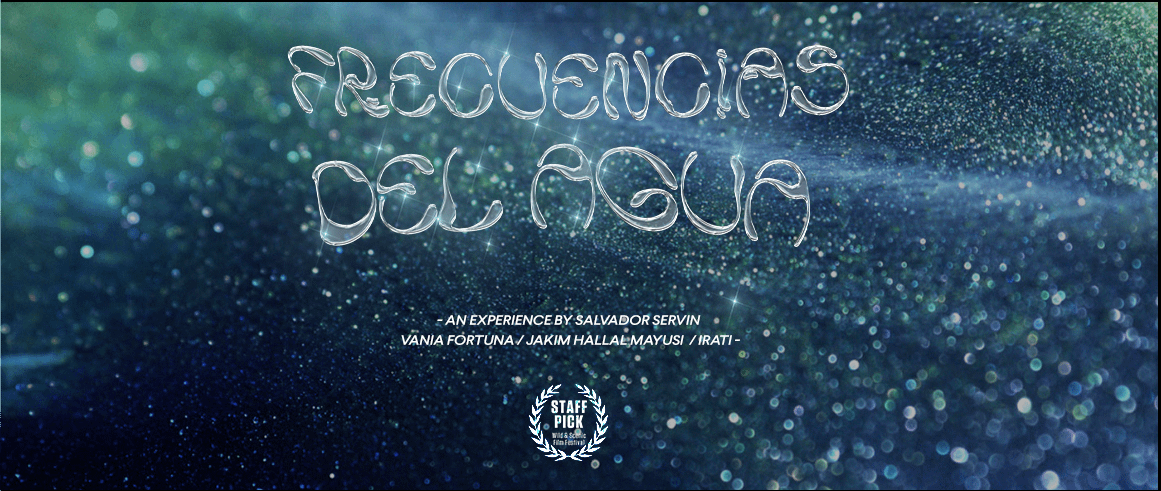
cenotes, water, ecosystem
The Cenote Azul is located approximately one hour from Campeche, in the city of Champotón. It is the largest cenote along the route of the three cenotes of Miguel Colorado.
Cenotes are geohydrological formations characteristic of the Yucatán Peninsula and represent a unique natural and cultural heritage.
Some of these natural sites are located within Campeche, but throughout the Peninsula—due to the karstic geomorphology that defines the region, with its highly porous soil—the aquifers, of which cenotes are the visible openings, are particularly exposed to critical threats that will soon cause irreversible damage to the aquifer network with the highest freshwater collection and storage capacity in the country.
Some of the major issues affecting this valuable reservoir of vital water include:
70% of wastewater is discharged directly into the aquifer, and only 2.4% of the total sewage in the Peninsula is treated.
There is an increase in saltwater intrusion into freshwater reserves due to climate change.
Less than 45% of the population has access to proper sewage systems.
Countless open-air dumps produce highly toxic leachates that filter directly into the subsoil: 262,800 tons per year of organic waste derived from urban solid waste.
In the context of this emergency, the project Frequencies of Water emerges as a call to reconsider our relationship with aquifers through a poetic audiovisual piece.

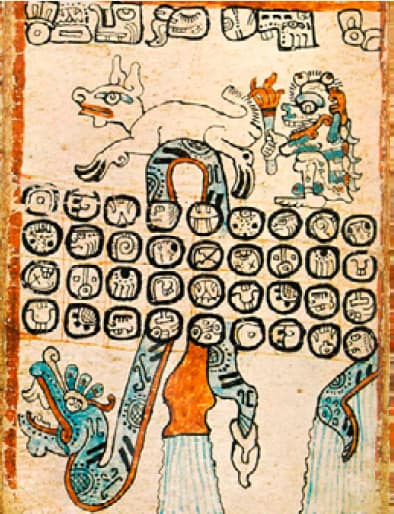
Rituals, Water, and the Underworld.
Our inspiration draws from a Mayan ritual called Cha Ch’aak, in which the songs of toads and birds are emulated to summon rain and nourish the cenotes.
This ritual reflects an intimate relationship between the people and water through sound.
One of the fundamental symbols in Mayan thought is water. It appears in all creation myths, as it is the primordial substance from which divine activity arises—the force that brings existence into being.
For this reason, it is considered the domain of the gods and a symbol of life. With these same meanings, water appears as a purifying element in various rites, as it represents both death and life: through water, cycles come to an end and new ones begin.
Cenotes are also considered an entrance to the underworld. To enter them is to come into contact with chthonic forces and the forces of germination, as well as with the gods of death. Several images in the three codices refer to this idea.
From a symbolic perspective, entering the earth through a cenote is an initiation rite; it is a return to the maternal womb and a rebirth. But this second birth implies, in a certain sense, a death—not a physiological one, but an ontological one.
References to other artists
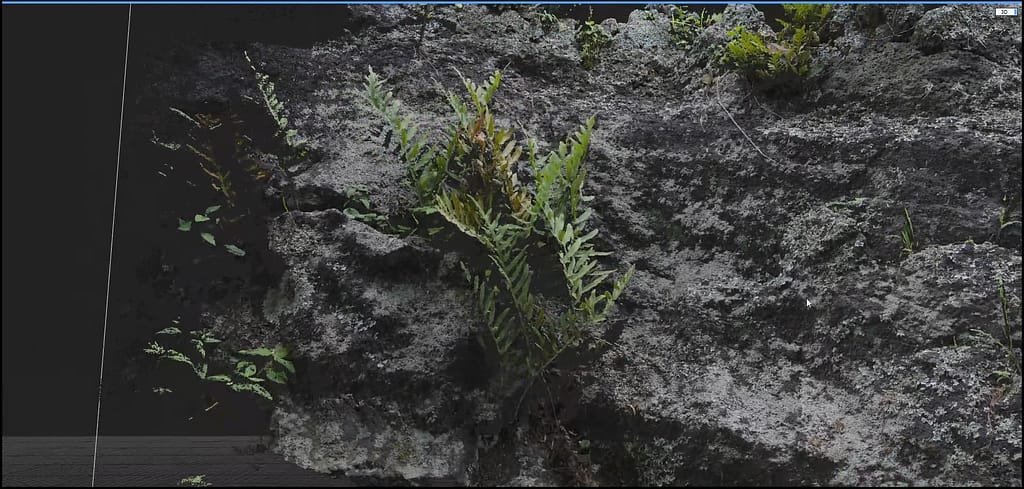

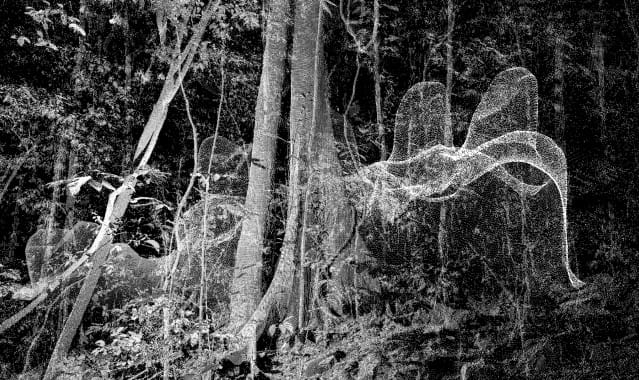
salvador servin
marshmallow laser feast
Daniel Steegmann Mangrané
Salvador Servín (Mx) created the installation The Reserve of the Senses with the support of the ACT 2018 program, by virtualizing a portion of the Pedregal Reserve protected by UNAM. With the help of CIGA Morelia, he used a LiDAR scanner and shaped regions through the eyes of four animal and plant species from the Reserve. Through photogrammetry, he was able to generate models that are now part of the collection of the Museum of Natural History.
The installation invites viewers to perceive the Reserve through the senses of species inhabiting the REPSA ecosystem. The Reserve of the Senses premiered at the Inmersiva 3 International Festival as part of the exhibition lineup organized by the Centro de Cultura Digital.
Marshmallow Laser Feast (UK) created the installation In the Eyes of the Animals, which virtualizes a forest to create a journey through the perception of four animals. The installation explores sensory differences exclusively among animal species that inhabit the forest.
In 2016, the installation Treehugger: Wawona, also by Marshmallow Laser Feast, explored in mixed reality the flow of energy within a giant sequoia—one of the tallest and largest trees in the world—by analyzing the movement of water from the roots to the leaves. It combined LiDAR scanning, tracking, sensors, 3D printing, and tactile and olfactory stimulations.
Other authors I consider important to reference—due to their approach to the concept of nature and technology as a tool for preservation, and who share a common denominator—include: Daniel Steegmann Mangrané (2015) with Phantom (Kingdom of All the Animals and All the Beasts Is My Name).
Steegmann explored the endangered Brazilian rainforest by scanning a section of the forest using LiDAR to create a high-resolution point cloud, which could be accessed through Oculus Rift in Virtual Reality. Using OptiTrack cameras, the viewer was able to move through the virtual forest—a forest that no longer exists, one that was deforested due to urban expansion and now only exists in virtual reality.
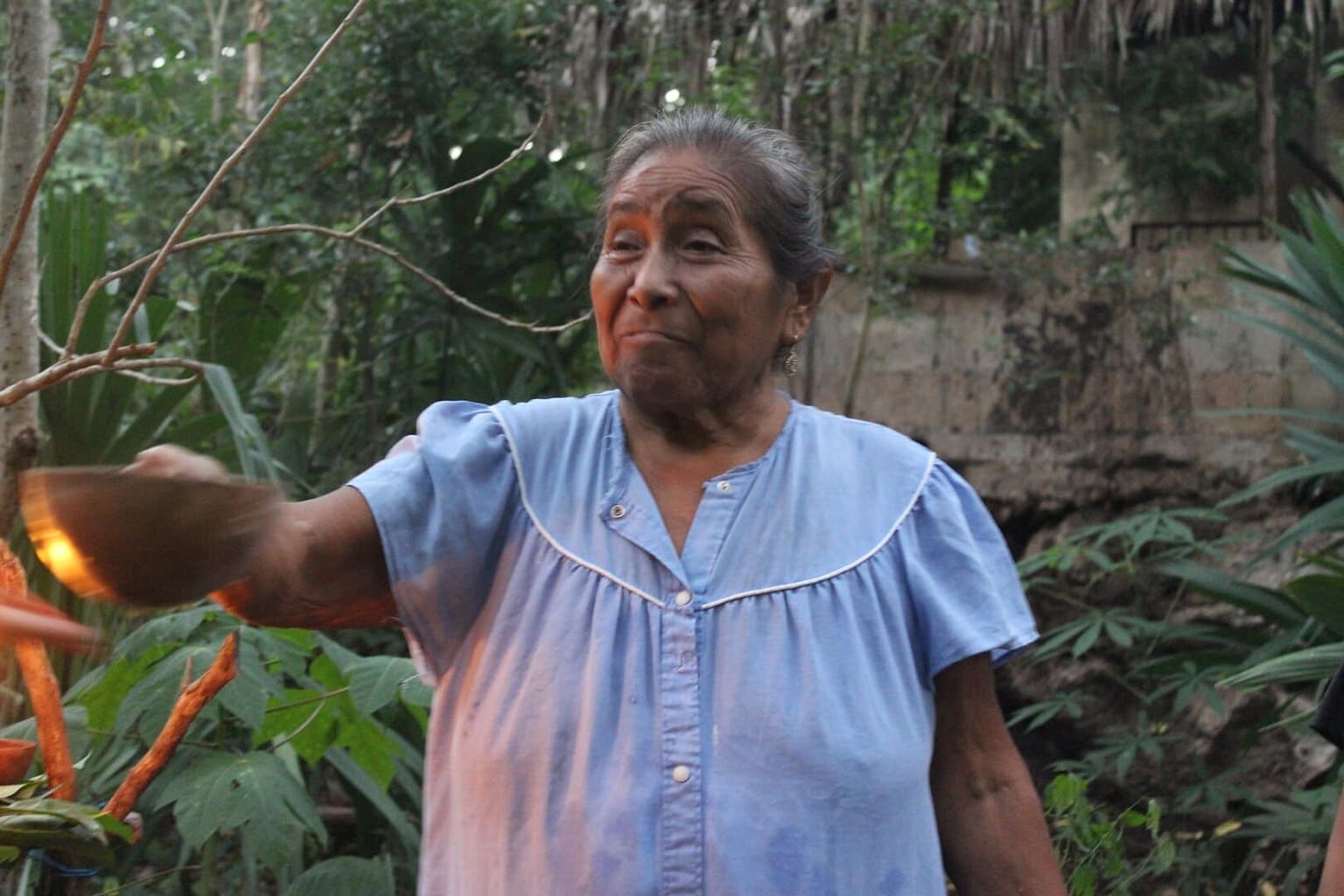
Artistic Purposes and Social Impact
I. To promote reflection on the way we relate to the aquifers on which we depend
II. To highlight the natural, cultural, archaeological, paleontological, and biocultural value and importance of cenotes and the submerged cave systems
III. To raise awareness of their vulnerability and the risks of contamination to which they are exposed
IV. To preserve and communicate the digital heritage linked to the cenotes of the Mayab region
Work Plan
January 16: Trip from Mexico City to Campeche
Week 1 (February 16–21):
Fieldwork — three days of cave scanning using LiDAR equipment to gather all the necessary visual data. Simultaneously, 3D sound recording using an ambisonic microphone to capture immersive audio. Ethnographic observation of the site and interviews for the sound archive of the research.
Week 2 (February 22–27):
Workshop on the representation of objects and sound spaces in 3D. Introduction to addressing ecological issues through art. Workshops on photogrammetry, sound recording, and creation of ambisonic soundscapes for 3D spatial audio construction. Visual and sound archive of the workshop will be created, and it will be open and freely accessible.
February 27: Return to Mexico City.
February 28 to March 15:
Creation of soundscapes, representation of LiDAR data as a point cloud. Modeling and packaging with the help of a developer to create a navigable virtual space viewable in a virtual reality headset.
March and April:
Presentation of the piece at the Complejo Cultural Los Pinos.
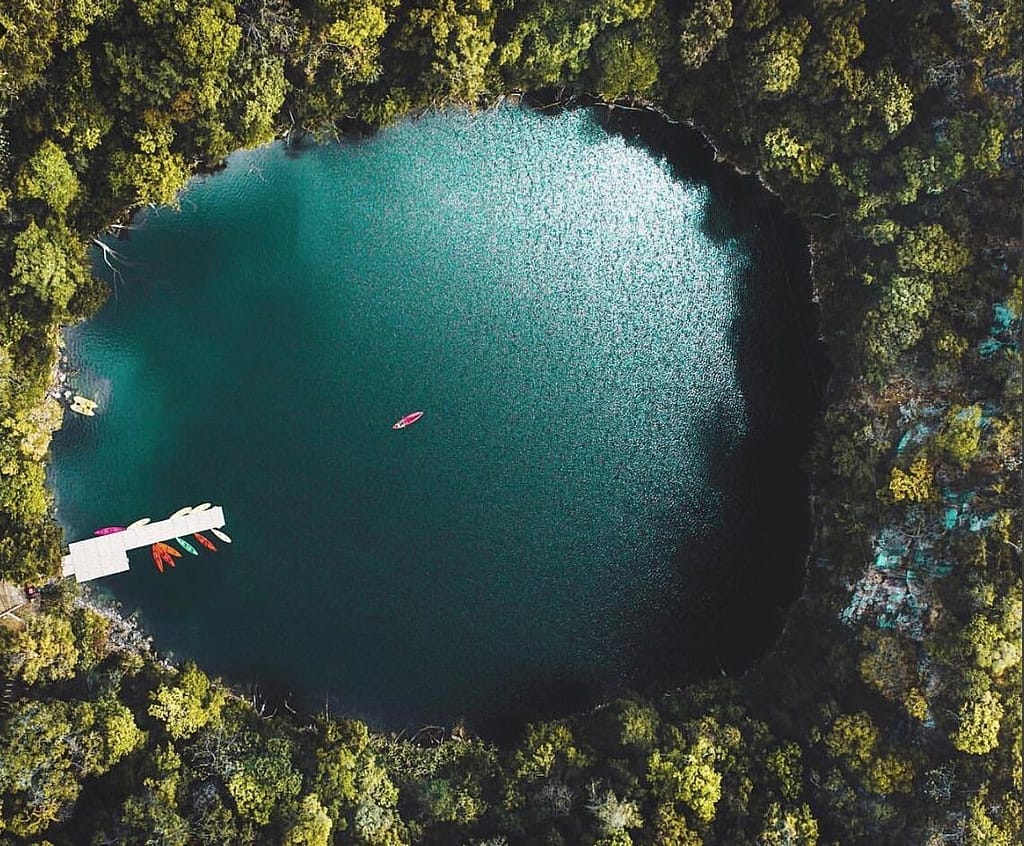
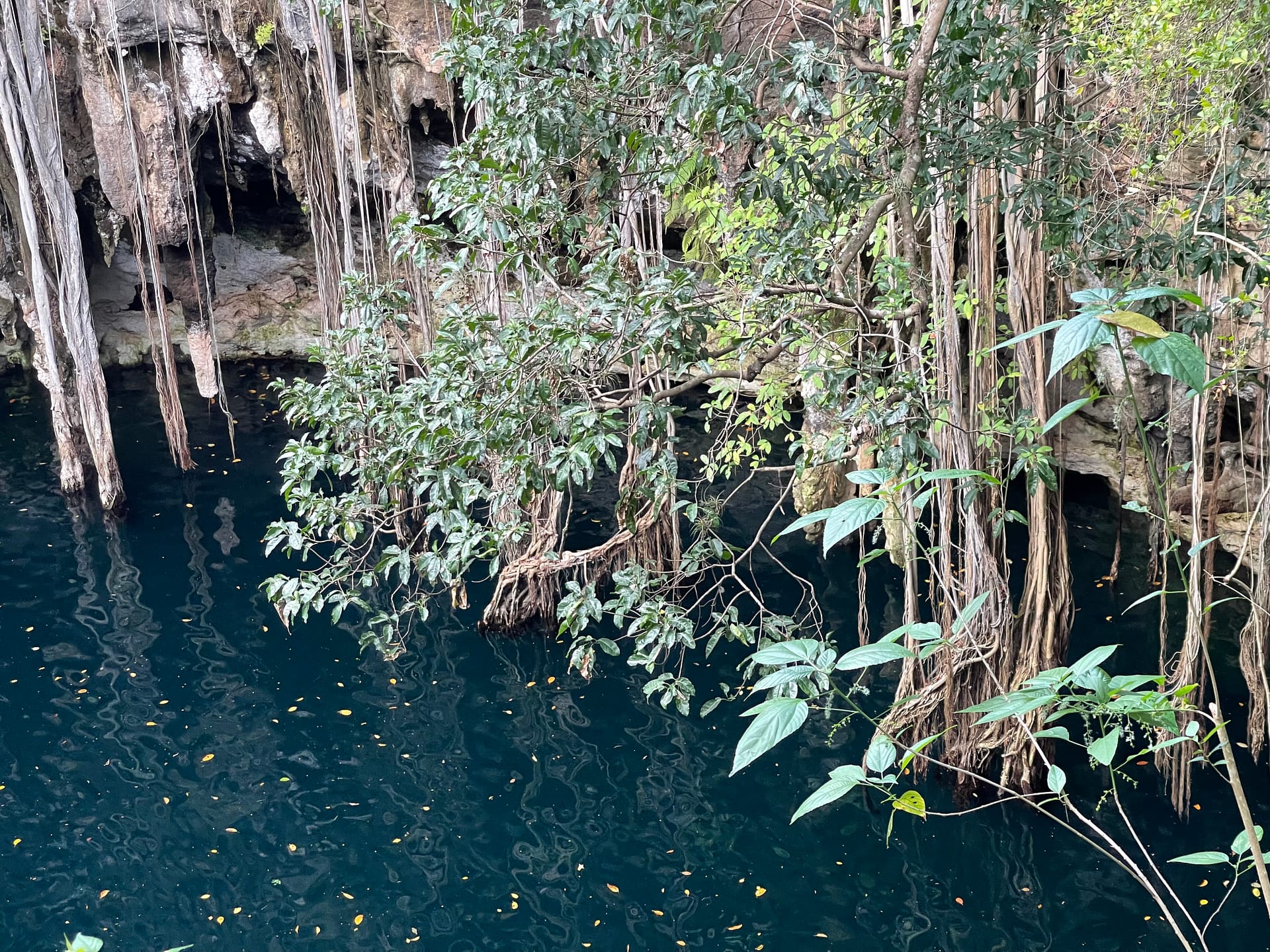
The Virtual Installation and Creative Ideas
1.0 First Sound Device A
Experience Concept: the possibility of switching between day and night soundscapes within an environment
The first interactive device we propose allows the user to control the time of day within the scene. Using an implemented control, the user will be able to choose whether to experience the scene during the day or at night. Accordingly, in addition to the visual changes, the soundscape will shift to match the environment with the species that are active at that specific time of day.
To achieve this, both daytime and nighttime recordings will be made in the cenotes, enabling the faithful construction of both scenes.
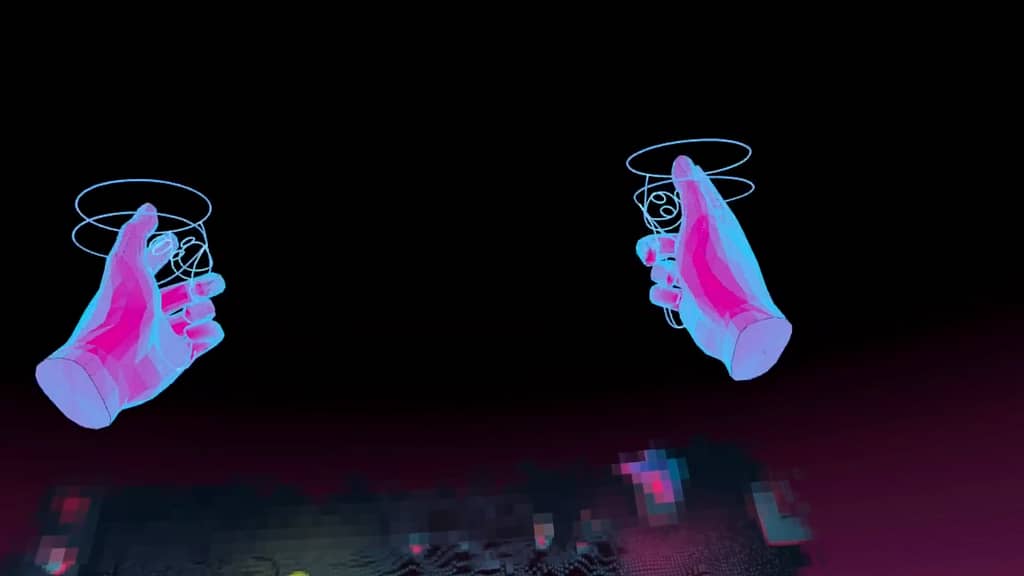
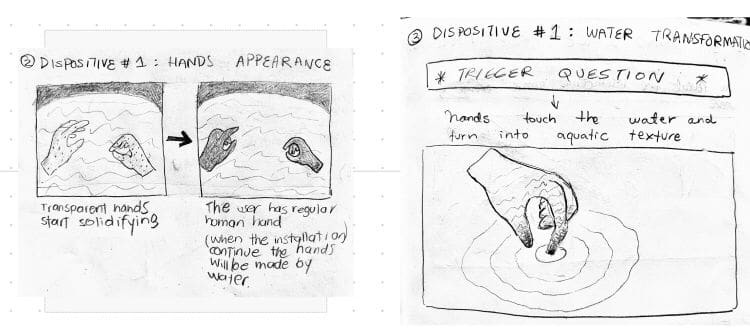

2.0 Second Sound Device B
Experience Idea: Possibility of generating sound through hand movement.
This device aims to invite user interactivity through motion. The virtual reality set we will use for the experience includes two handheld controllers that allow the user to explore the space through movement. The core idea is to include a virtual synthesizer in the experience, built from samples of the song of an endemic bird. When activated, it will allow the user to generate sounds by moving their hands using the controller. The X, Y, and Z axis parameters will enable control over pitch, dynamics, and reverberation.
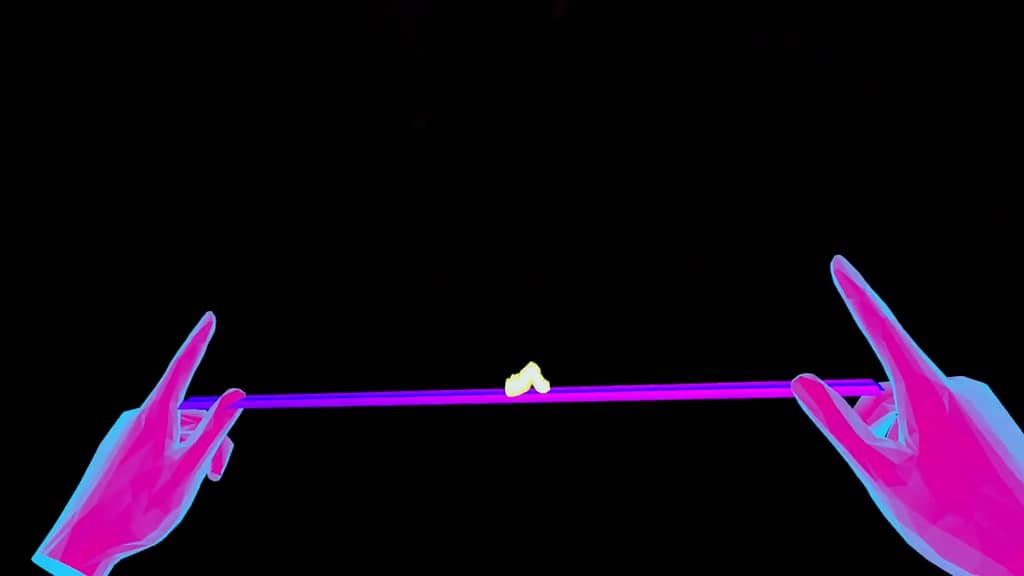

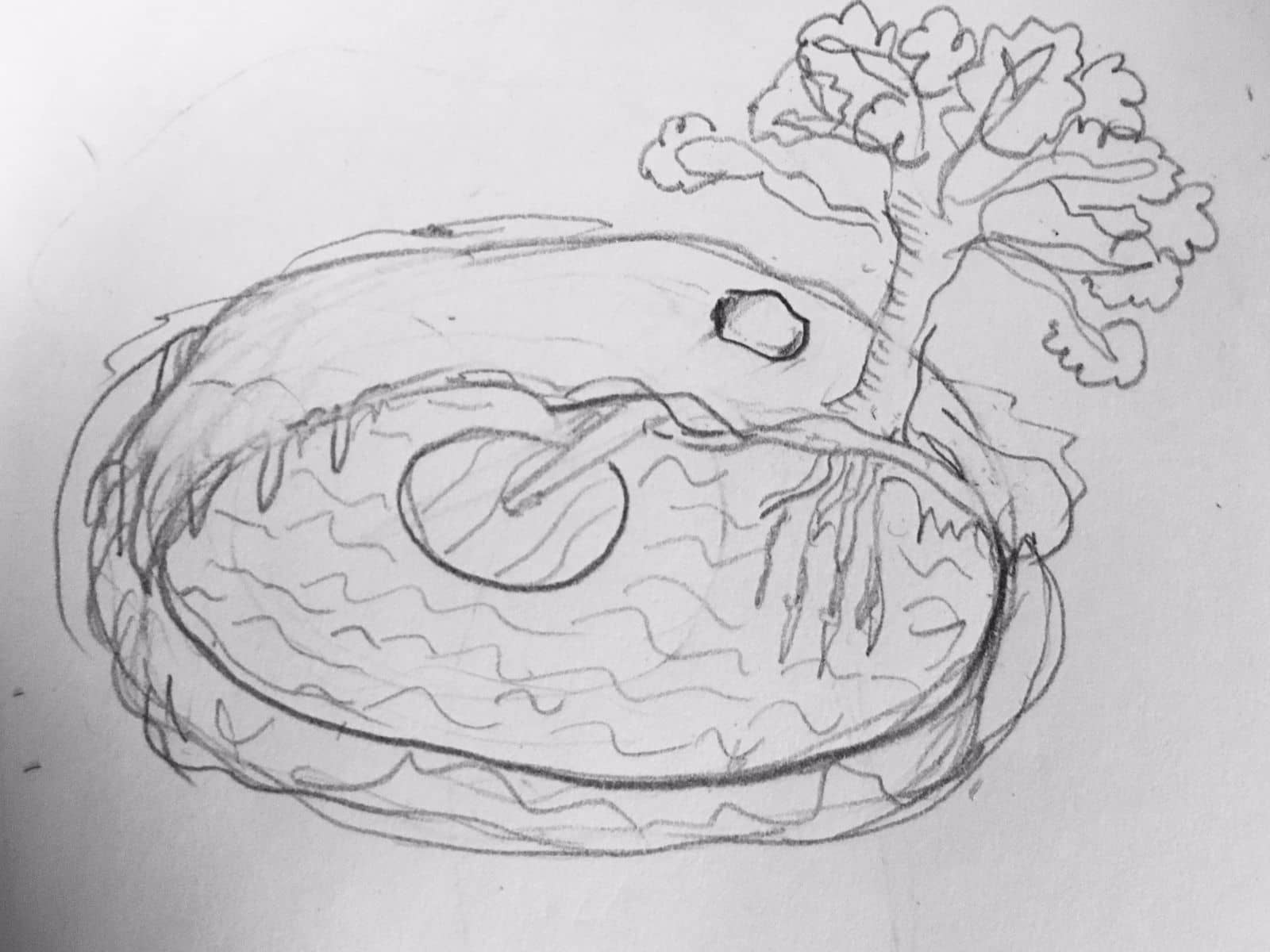
3.0 Third Sound Device C
Experience Idea: Possibility of generating sound by touching the water of the virtual cenote.
One of our main interests as researchers on this subject has been the symbolic relationship that local inhabitants establish with cenotes, particularly through the figure of the Maya rain deity, Chaak. Based on ethnographic observation conducted in the Yucatán Peninsula in May 2021, we had the opportunity to learn about the Maya ritual Cha’a Cháak, where a sonic connection with rain and water is established through chants that imitate the sounds of frogs.
This relationship inspired us to design a device that allows interaction with the virtual cenote water, enabling sound generation. We propose the creation of a virtual synthesizer that, with the help of handheld controllers, produces sounds when approaching the water of the virtual cenote. The parameters on the X, Y, and Z axes will allow control over pitch and dynamics within the synthesizer.
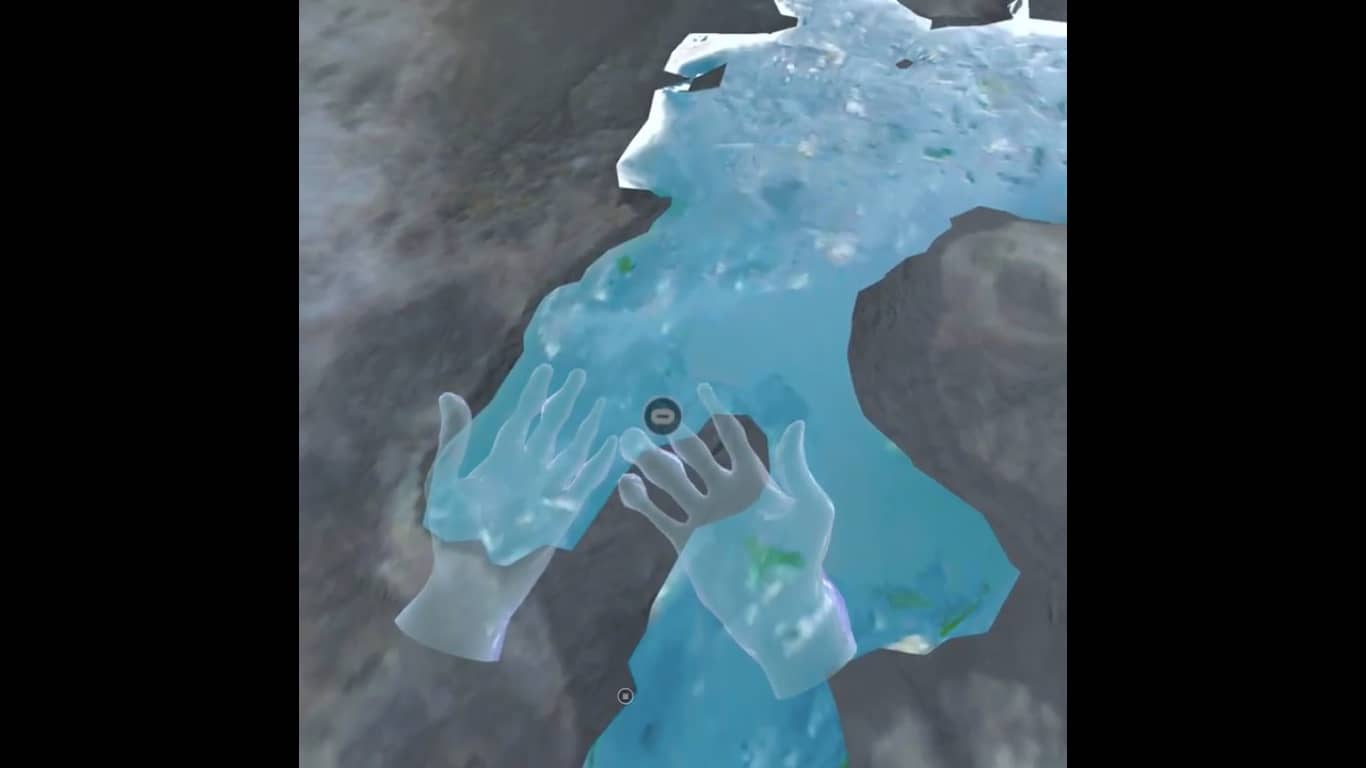
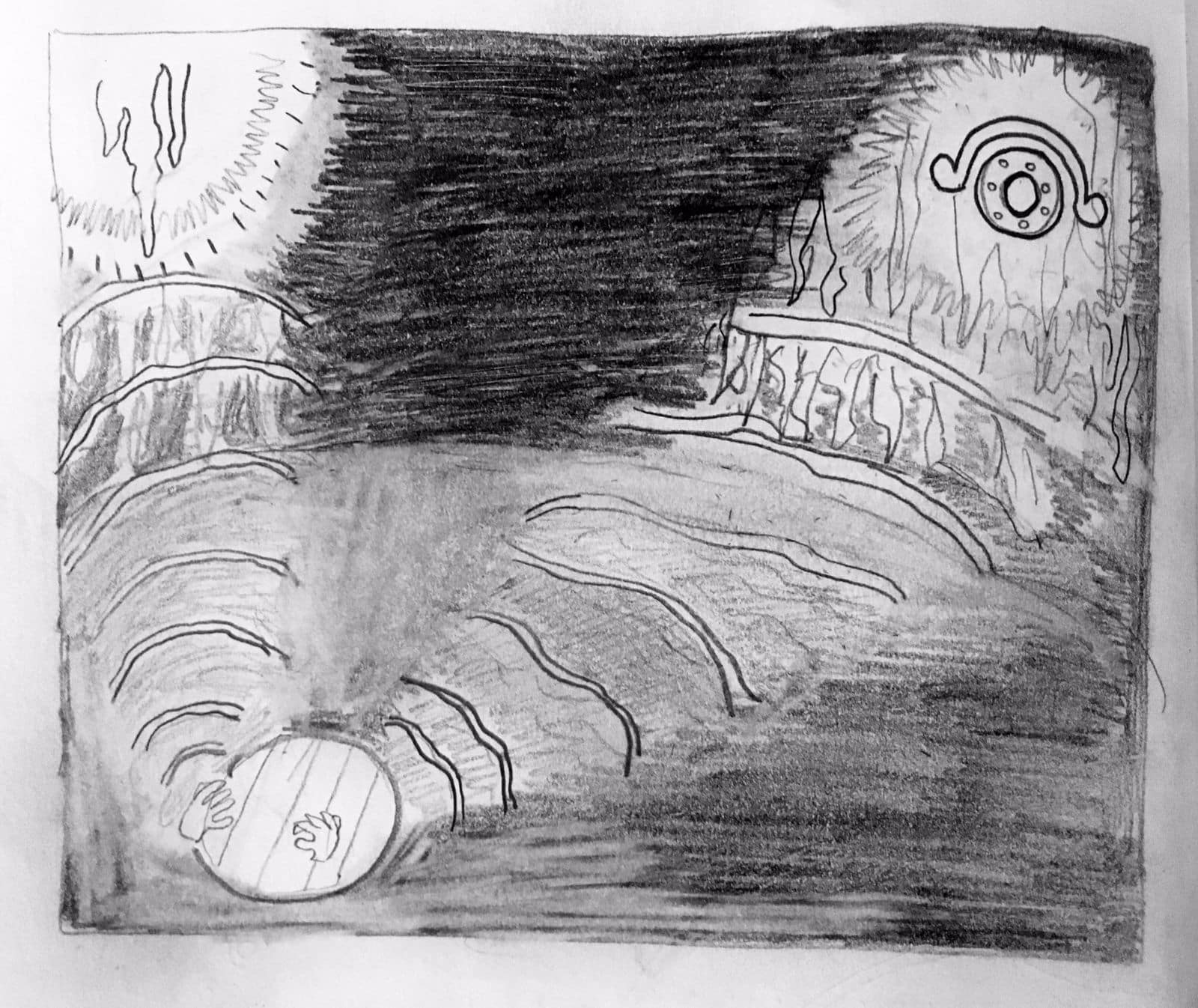
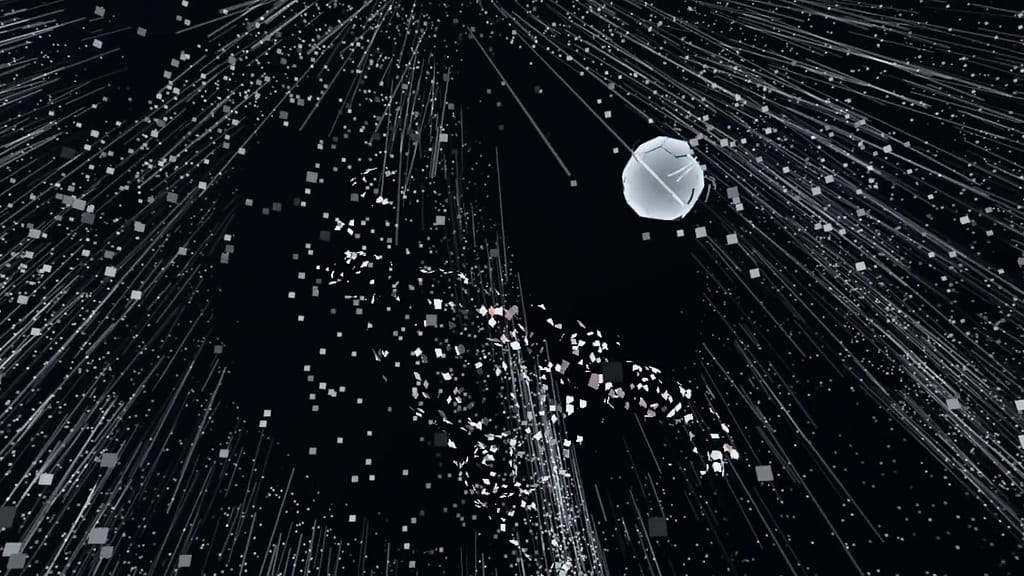
Production
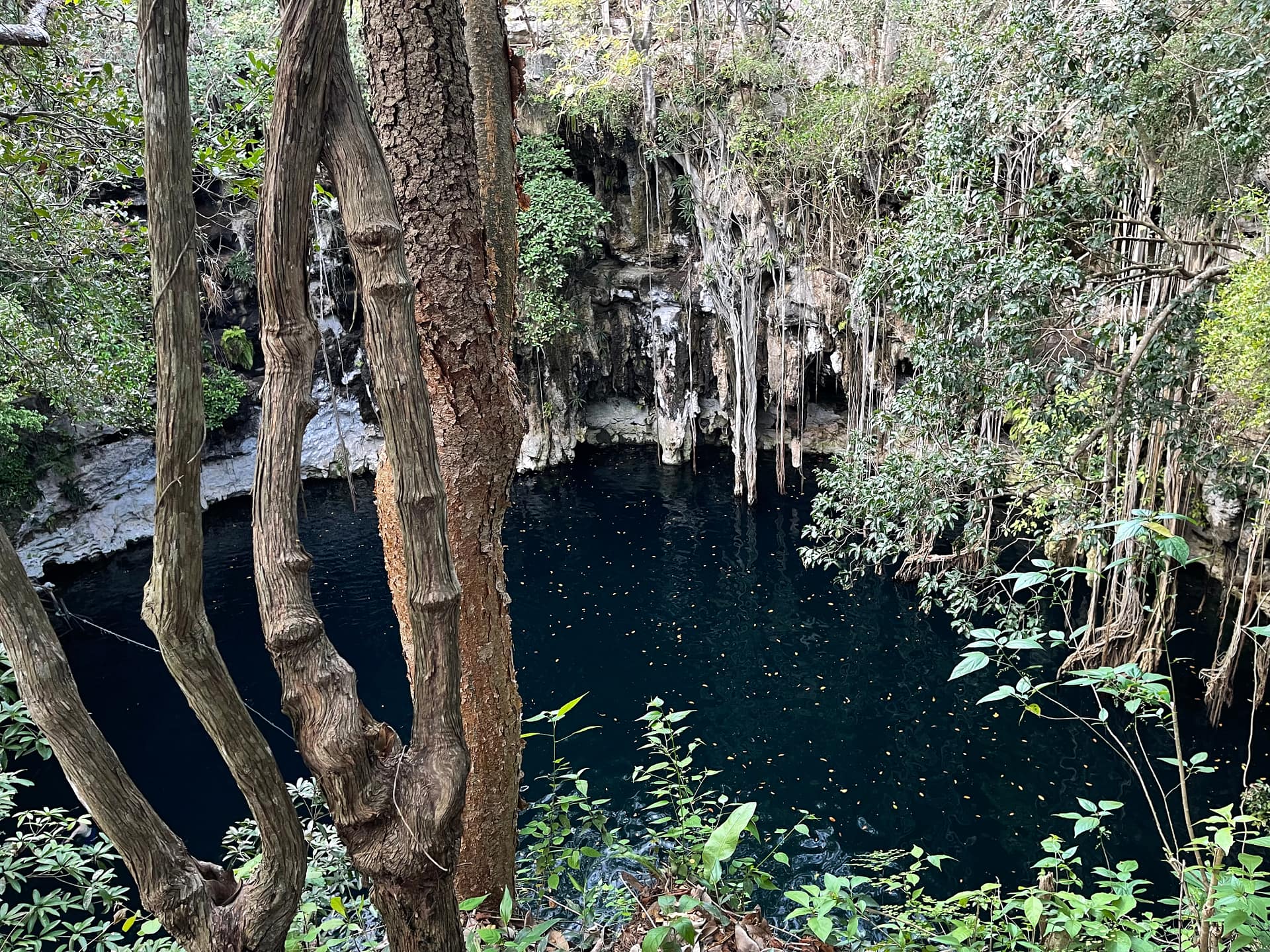
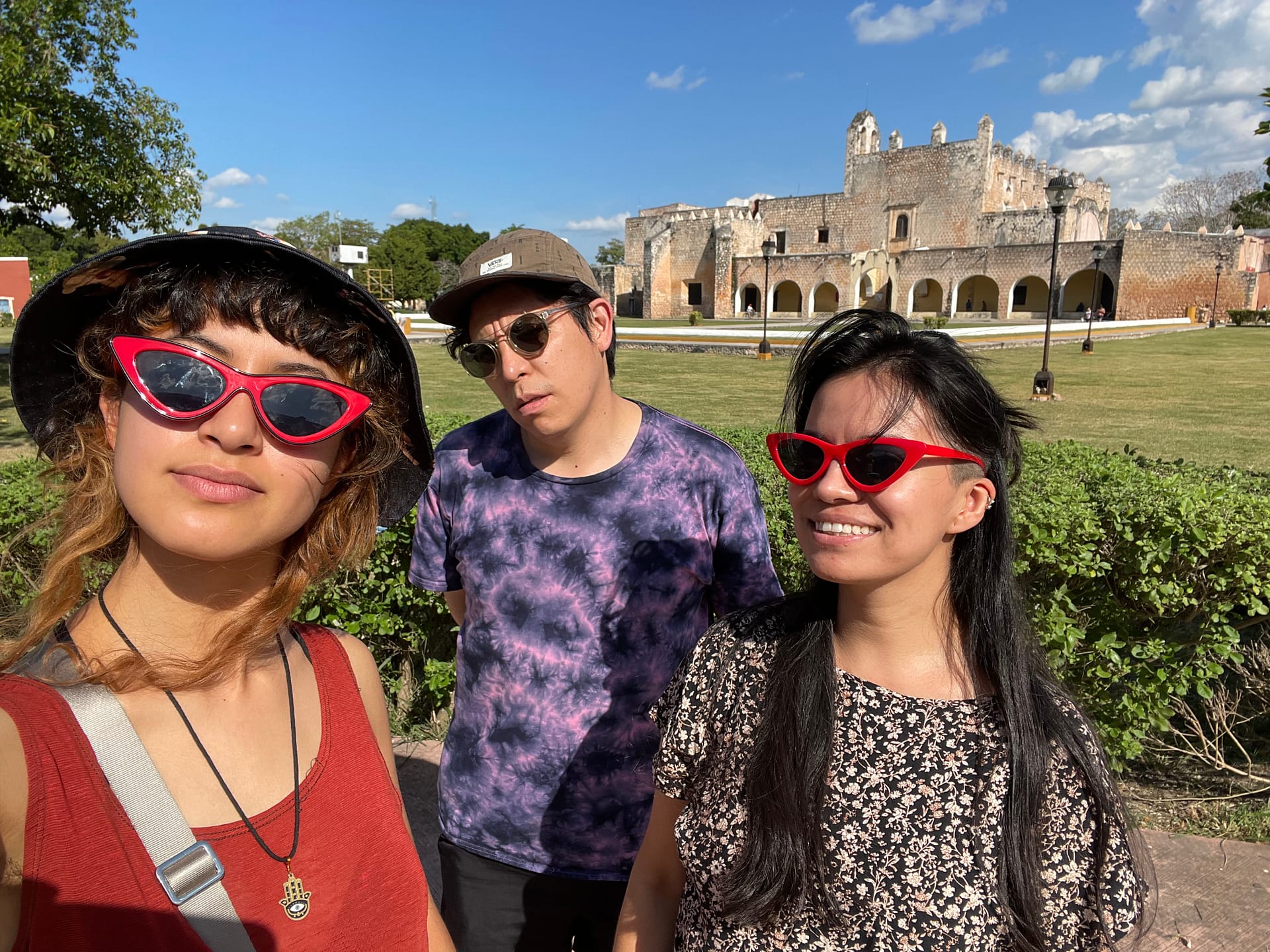
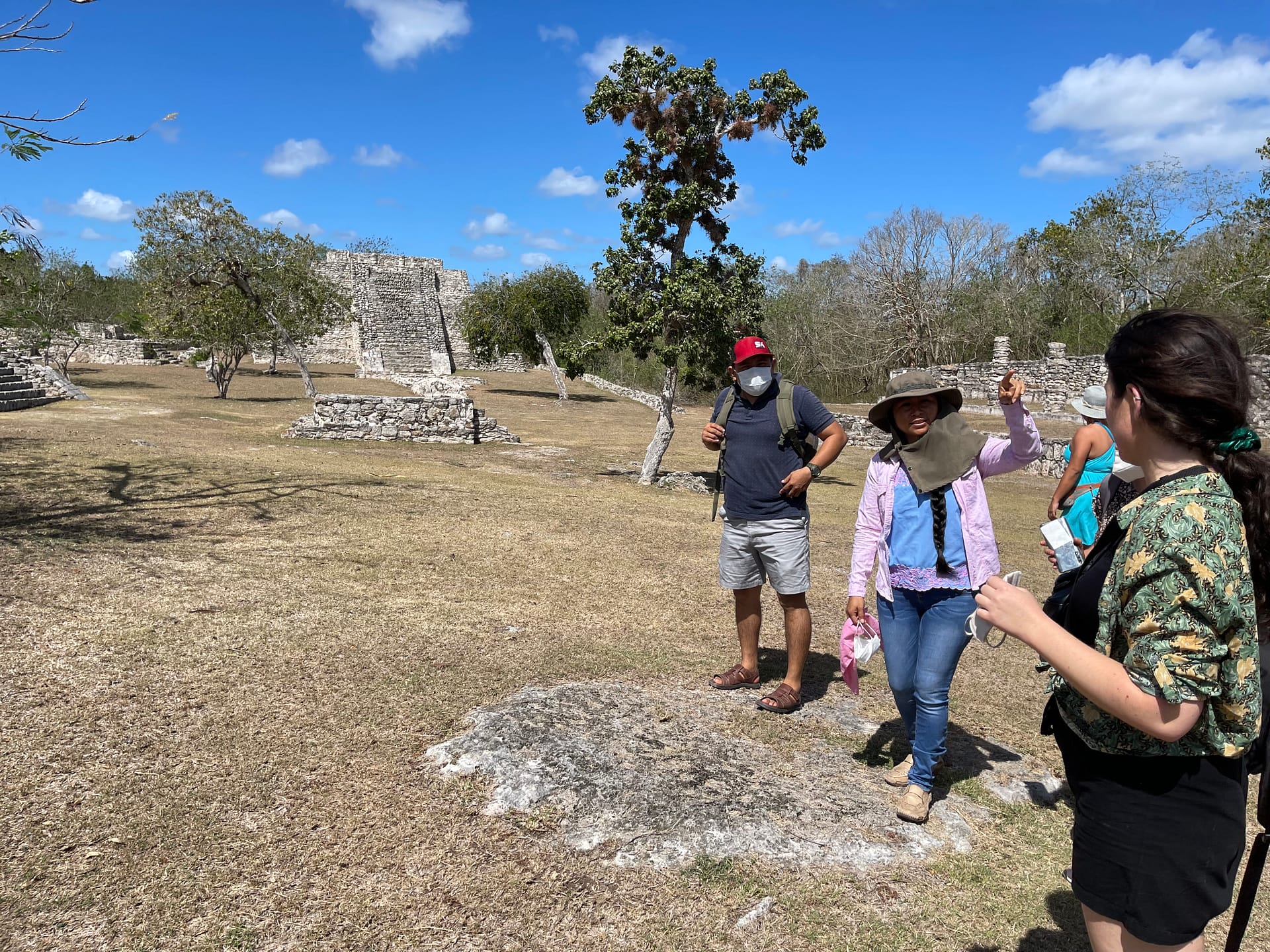
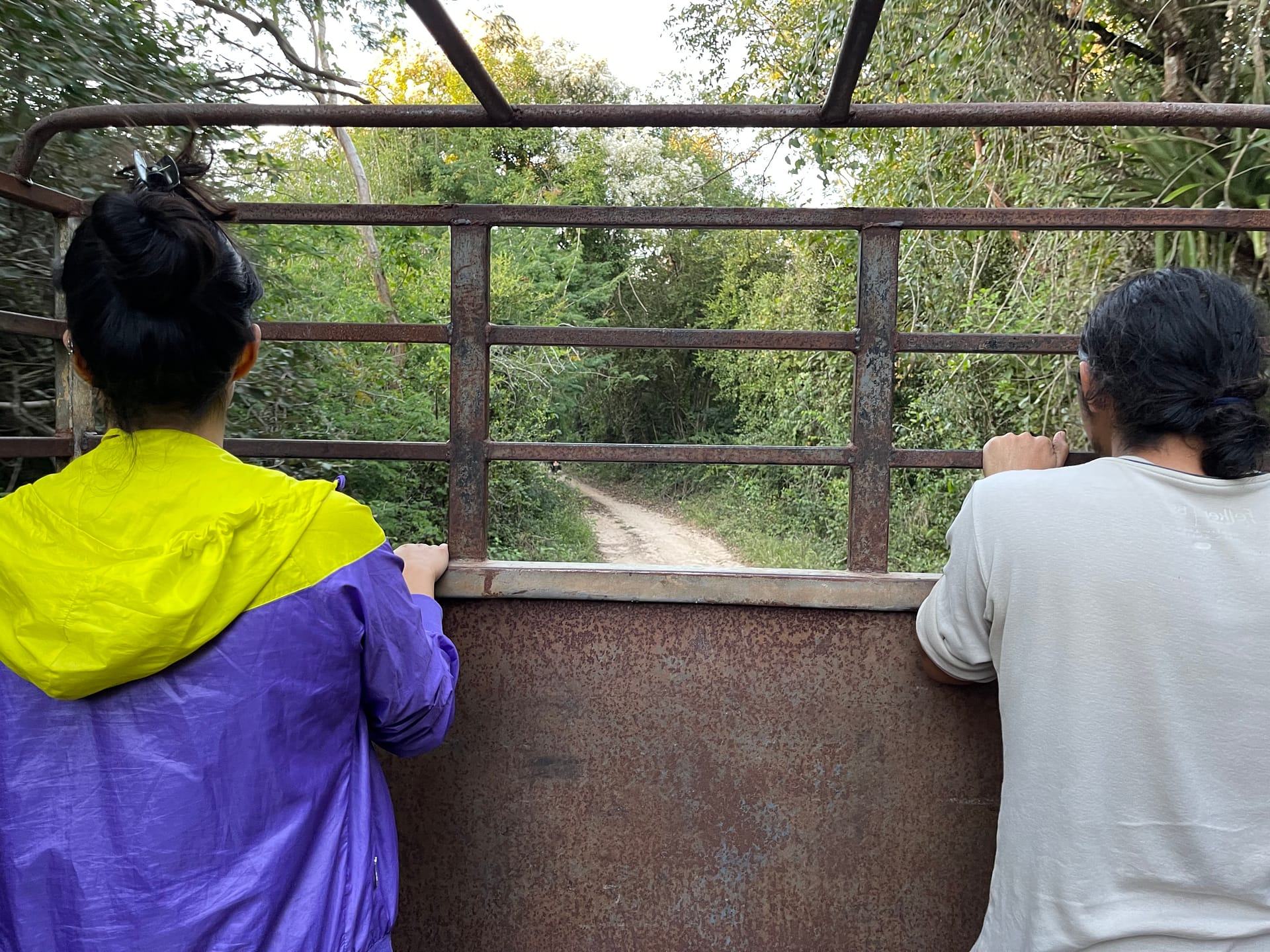
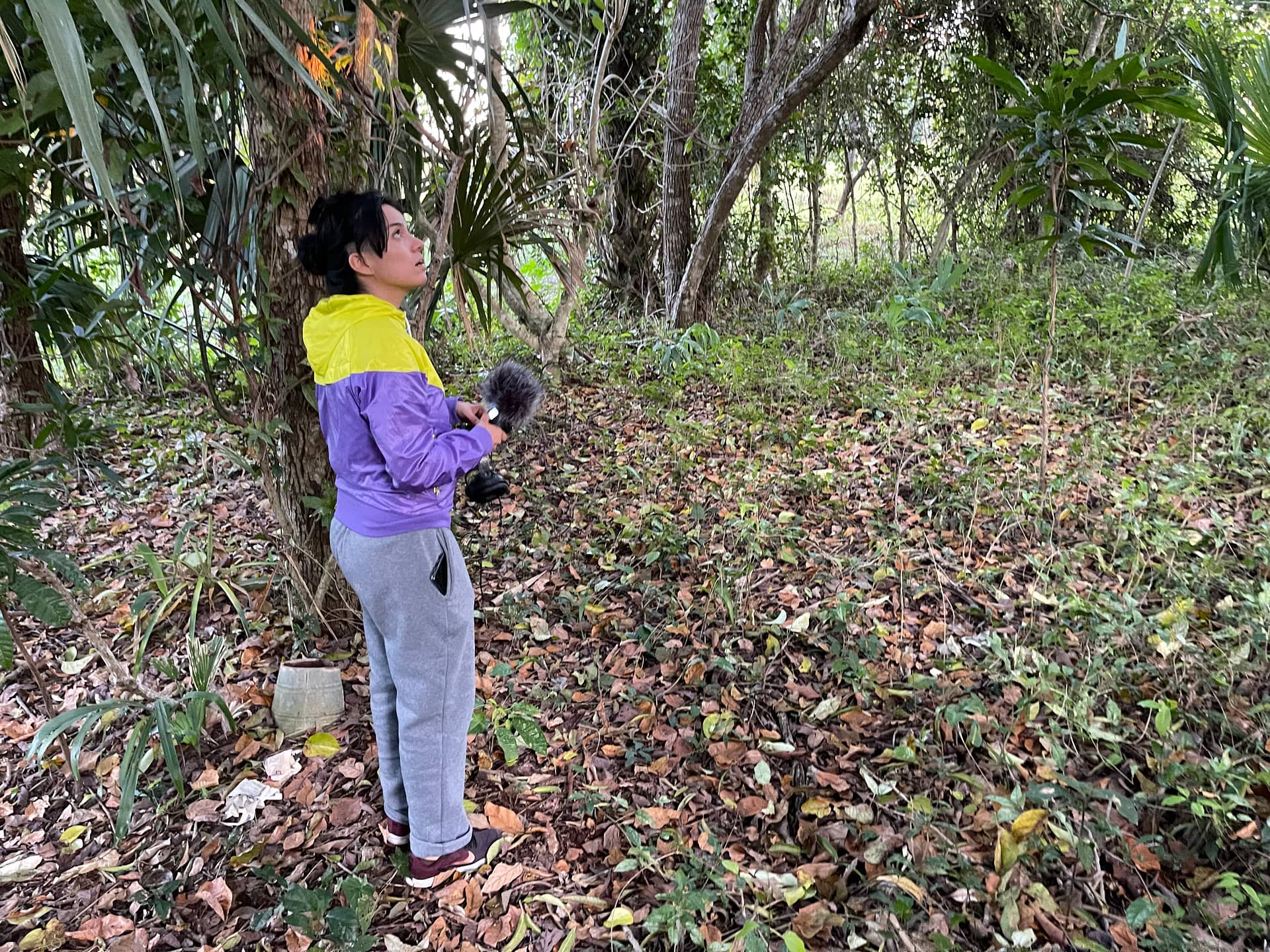
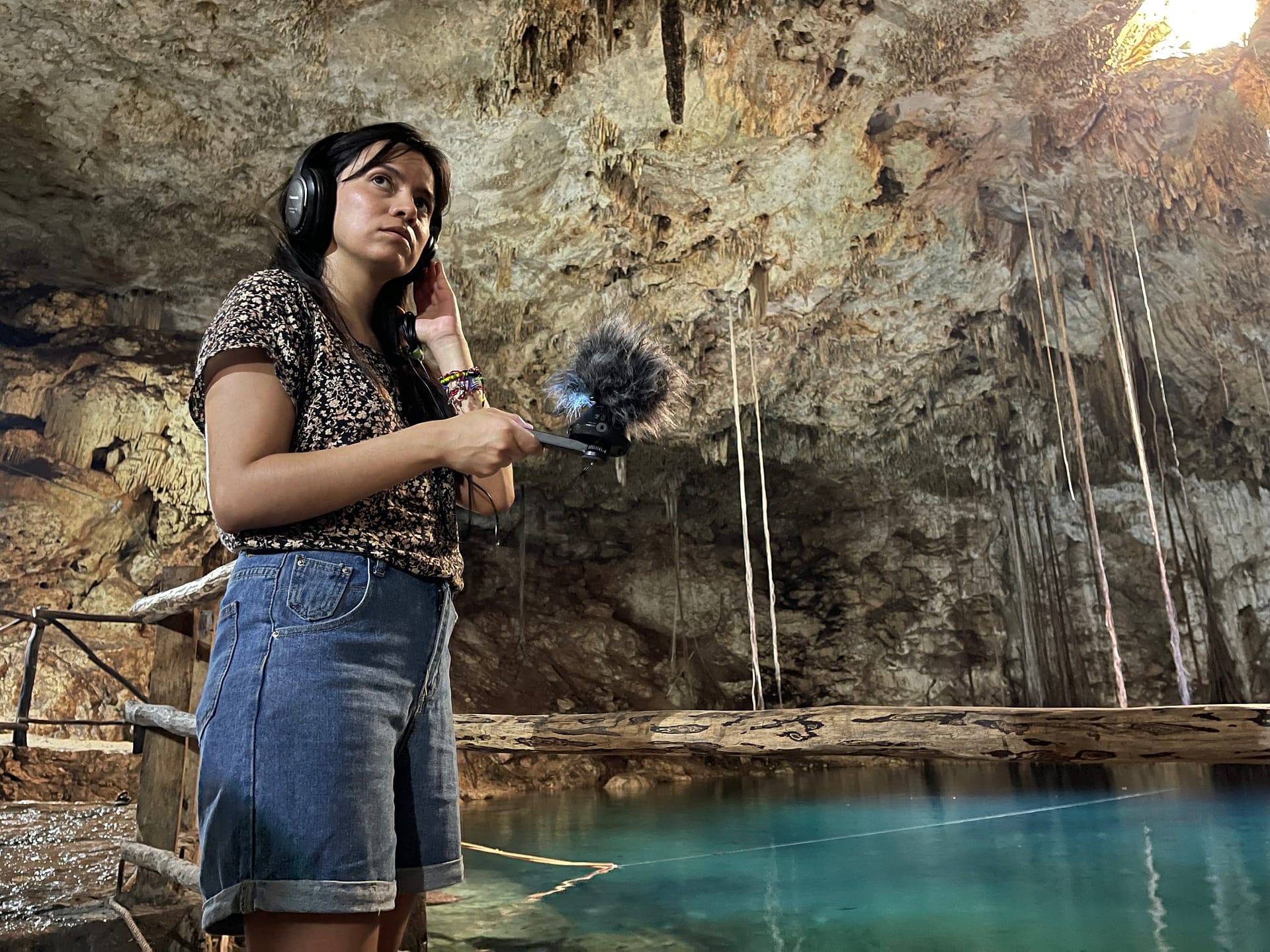
Results
Presentation
